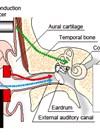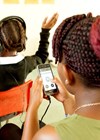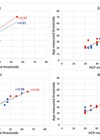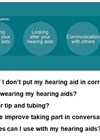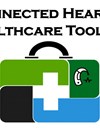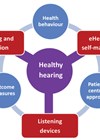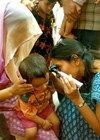Audiology features
In space no-one can hear you scream…or can they?
Plasma, eardrums the size of planets and questioning the wisdom of your school physics teacher! Martin Archer explains the fascinating world of sound and space. Is there sound in space? If you believed the marketing of the movie Alien, or...
Cartilage conduction hearing aids: the third pathway for sound transmission and its application
Air-conduction and bone-conduction are familiar terms; now enter ‘cartilage conduction’. This new term offers a novel approach sound transmission. Hiroshi Hosoi explains the concept and proposes some future applications. The new sound pathway ‘cartilage conduction’ can provide various types of...
New hearing healthcare service-delivery models with connected technologies
Connected hearing healthcare can improve access to affordable hearing healthcare. DeWet Swanepoel discuss how innovative trends in connectivity and technology offer opportunities for novel and decentralised models of delivering high-quality hearing healthcare. Megatrends in connectivity and technology have ushered in...
Understanding new and emerging categories of hearing devices
The hearing device landscape is rapidly changing, and what should be given, to whom, and why, are questions that many hearing healthcare professionals are asking. Brent Edwards discusses these questions and how consumer characteristics may influence their choice. In 2016,...
mHealth technologies empower users of hearing healthcare
The opportunities provided by mhealth technologies to personalise and encourage user involvement in hearing healthcare has many benefits for adults with hearing loss. Melanie Ferguson explains how mhealth can empower hearing aid users. Connected health is likely to transform hearing...
Connected hearing healthcare: the realisation of benefit relies on successful clinical implementation
Connected hearing healthcare is the one of best tools for improving access to, as well as the overall quality, of hearing healthcare. Evelyn Davies-Venn and Danielle Glista discuss the benefits and important factors that contribute to successful implementation of this...
The future of audiology rehabilitation? Smartphone apps to collect real-world experiences and support clinical decision-making
Ecological momentary assessment (EMA) is gaining momentum in the world of connected hearing healthcare and real-world assessment. Barbra Timmer explains how EMA will play a key role in transforming the information that clinicians use in decision-making and measuring outcomes. Did...
Leadership reflections
For the past year, Lisa Vaughan Christensen has been the President of the American Academy of Audiology. In this article, she shares the journey that led her to this position and offers some brilliant advice to anyone interested in leadership....
Audiology research: opportunities, career progression and leadership
A career in research can, at first glance, seem far removed from the clinical world of audiology but is that really the case? In this article Melanie Ferguson explains the role of translational research in bridging this gap, as well...
To make a difference
Education and training have a key part to play in the development of leaders of the future; Dorte Hammershøi discusses the educational approaches taken in Denmark and the pros and cons of the methods used. Dorte also explains the BEAR...
Building partnerships for person-centred care
The Ida Institute are a renowned organisation that develops tools, materials and resources to help hearing care professionals integrate person-centred care into clinical practice. Lise Lotte Bundesen has been at the helm of this organisation since its inception; in this...
In conversation with Shelly Chadha 2019
Shelly Chadha works at the World Health Organisation as the Medical Officer for ear and hearing care. Here, Alex Griffiths-Brown interviews her to find out more about her career, challenges she’s faced and her ambitions for the future. Shelly Chadha....



